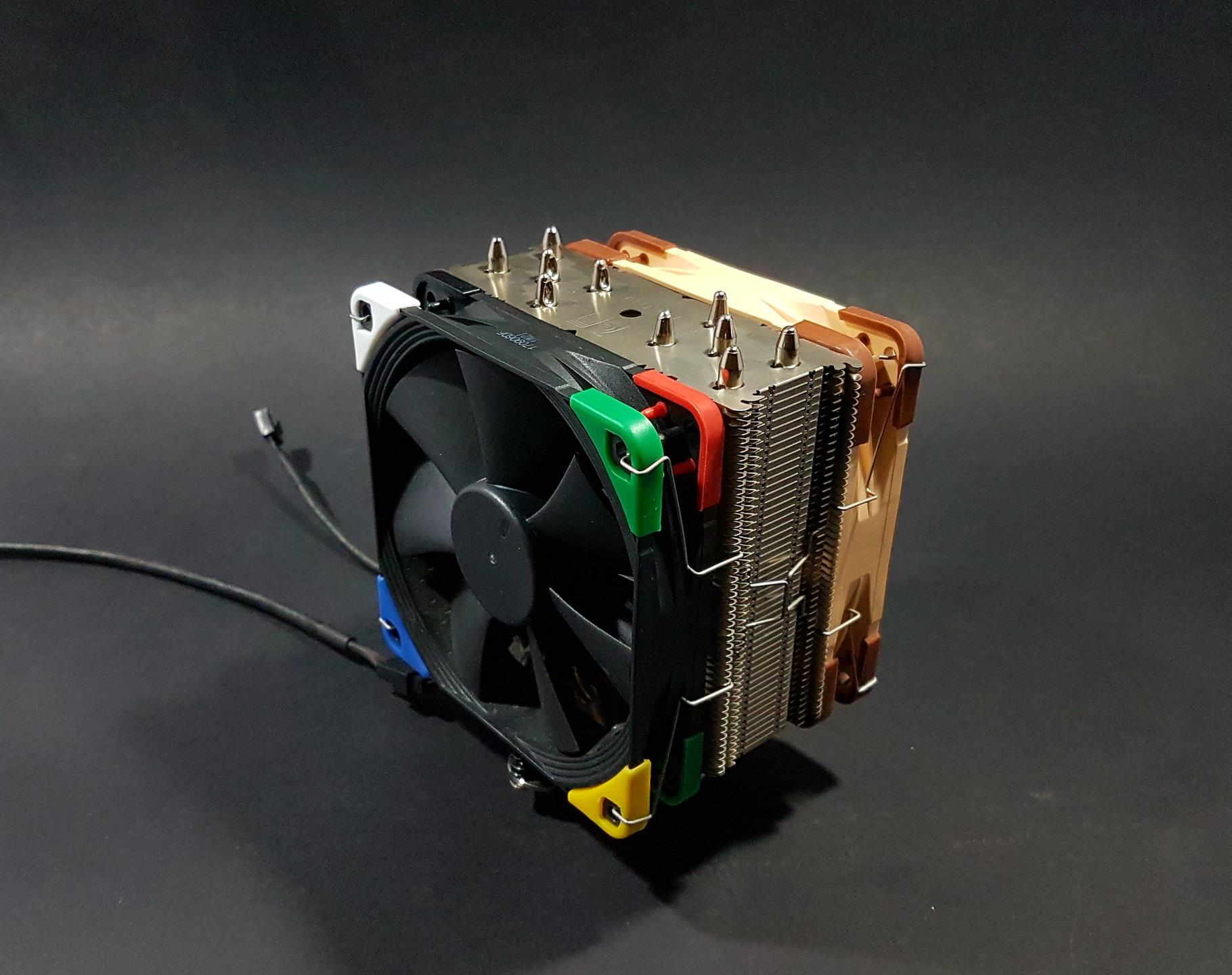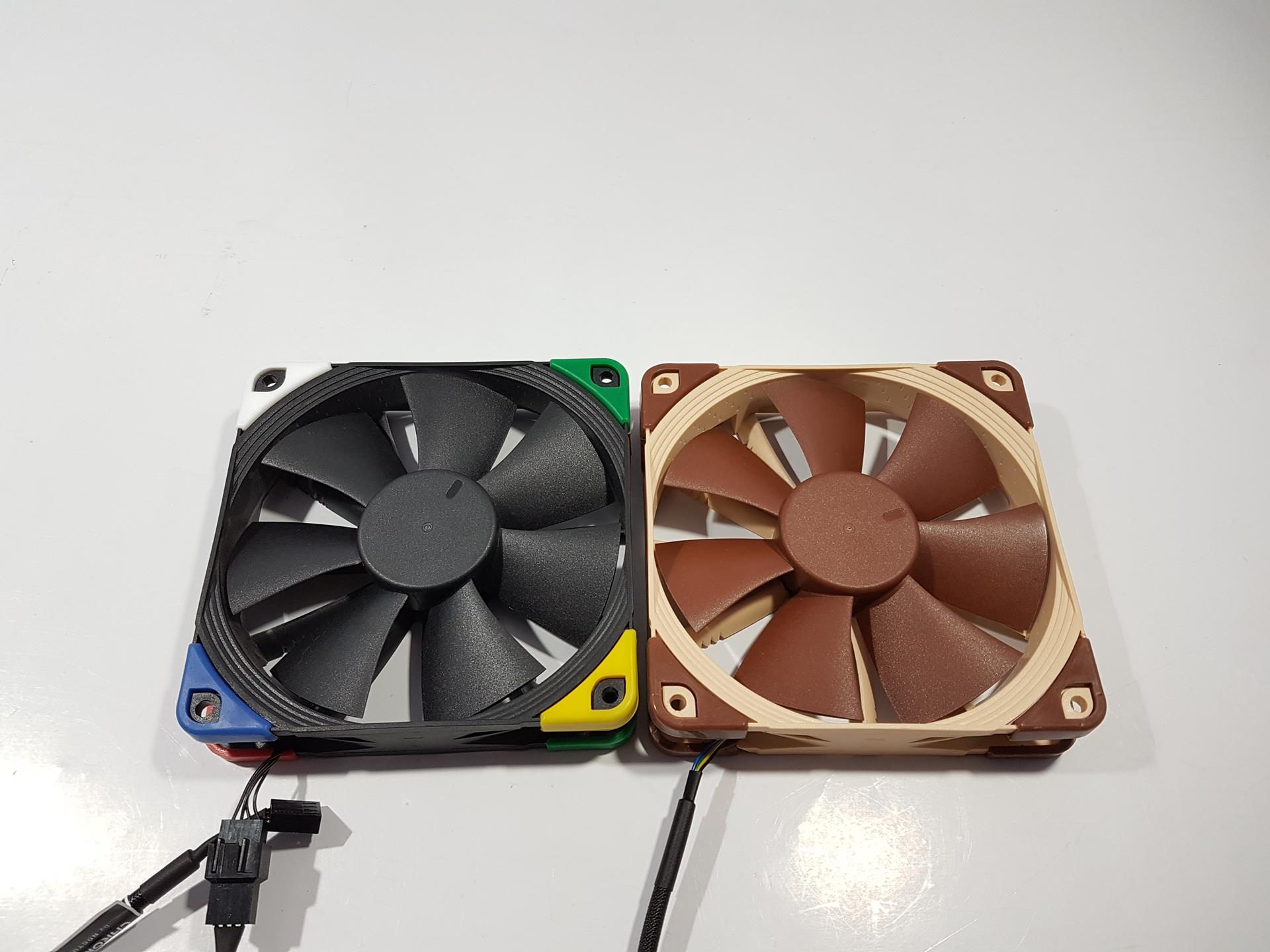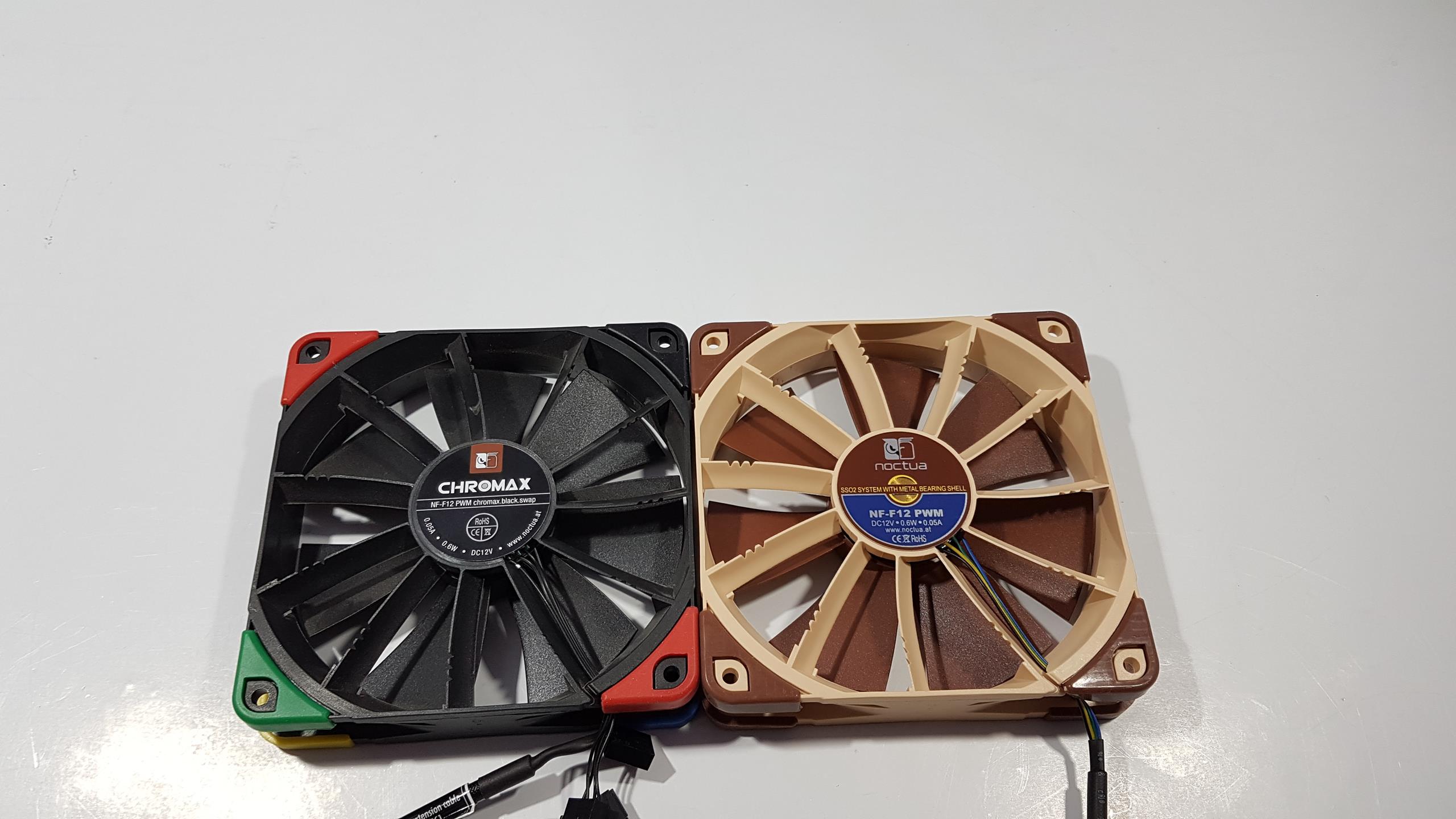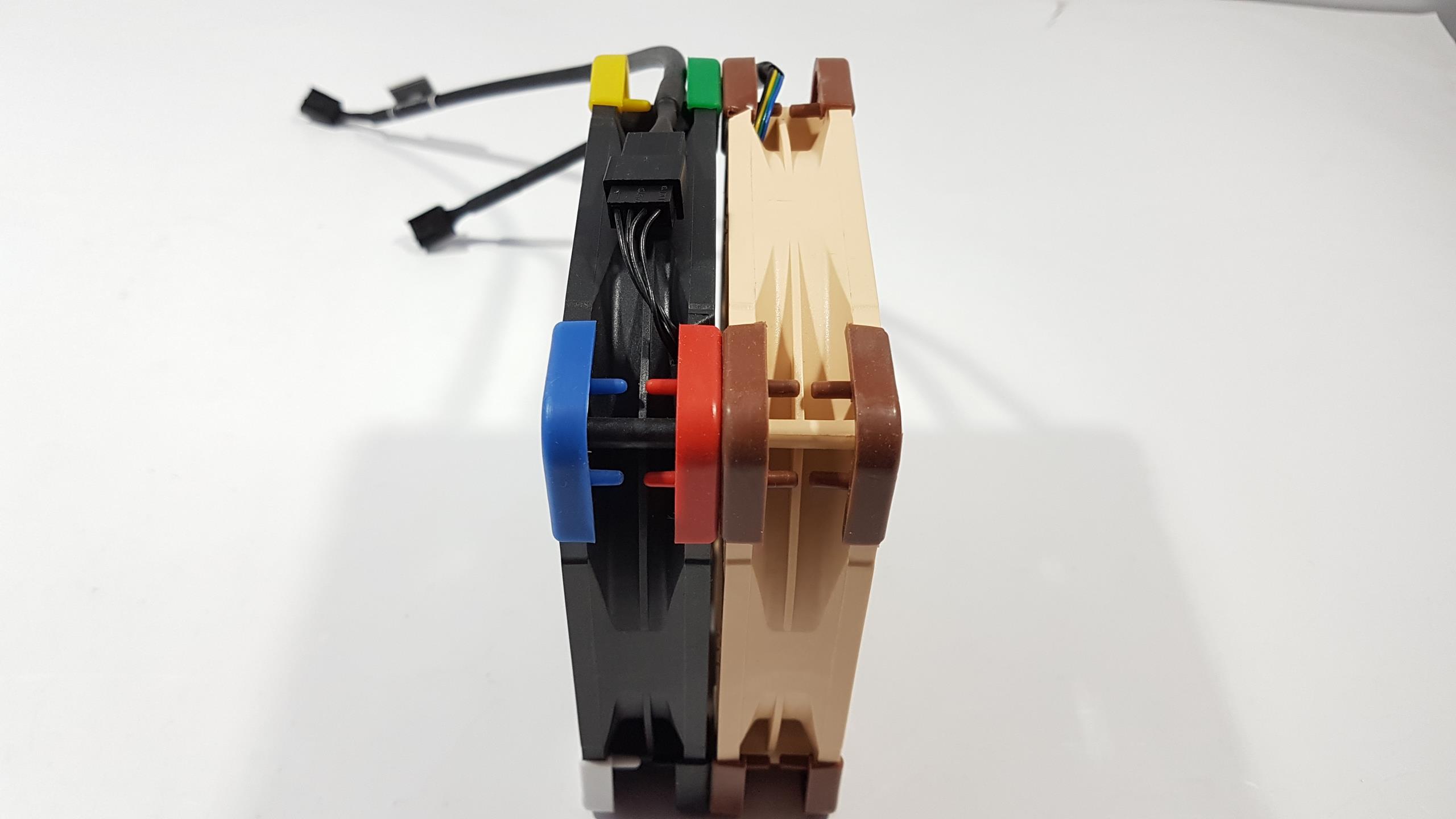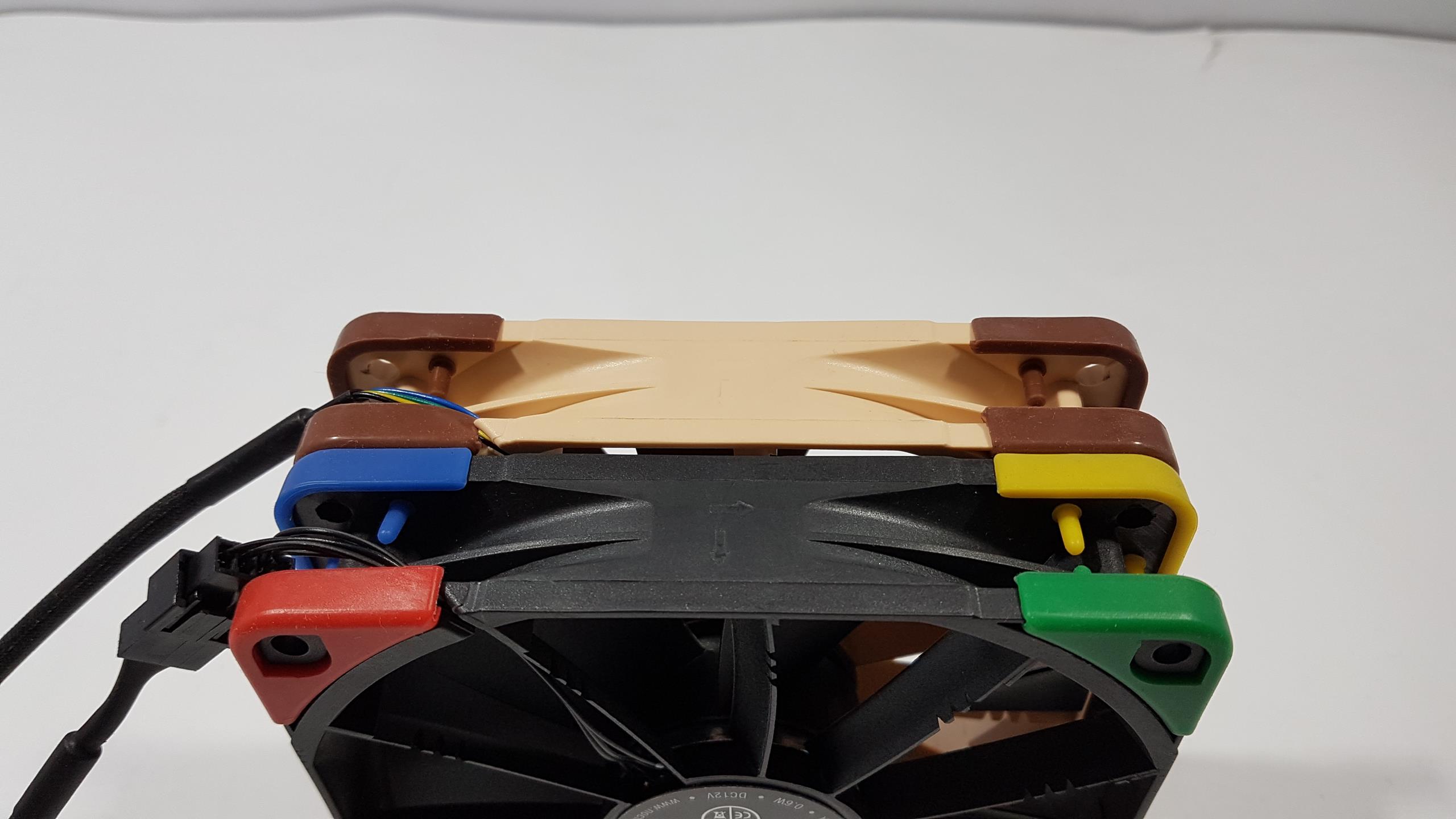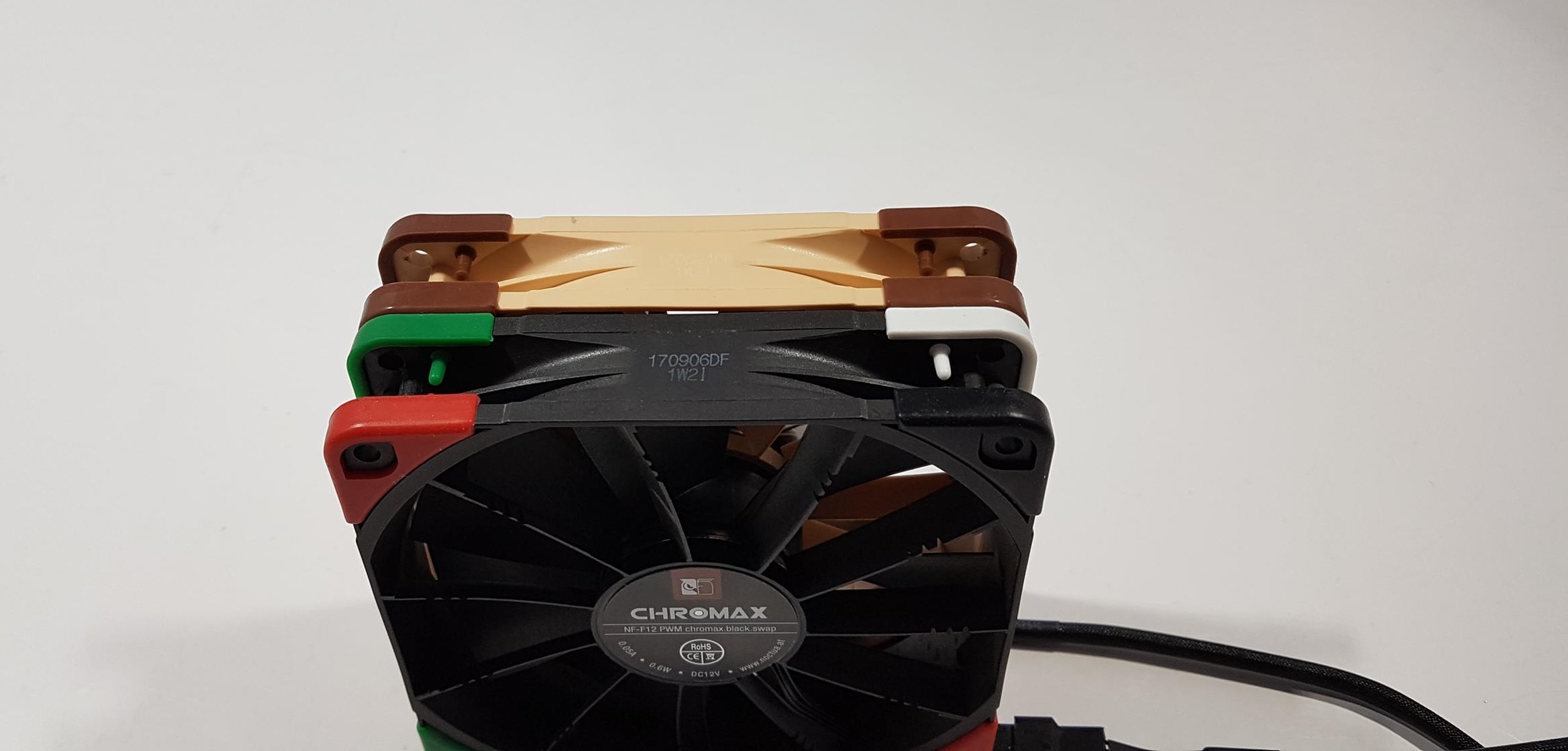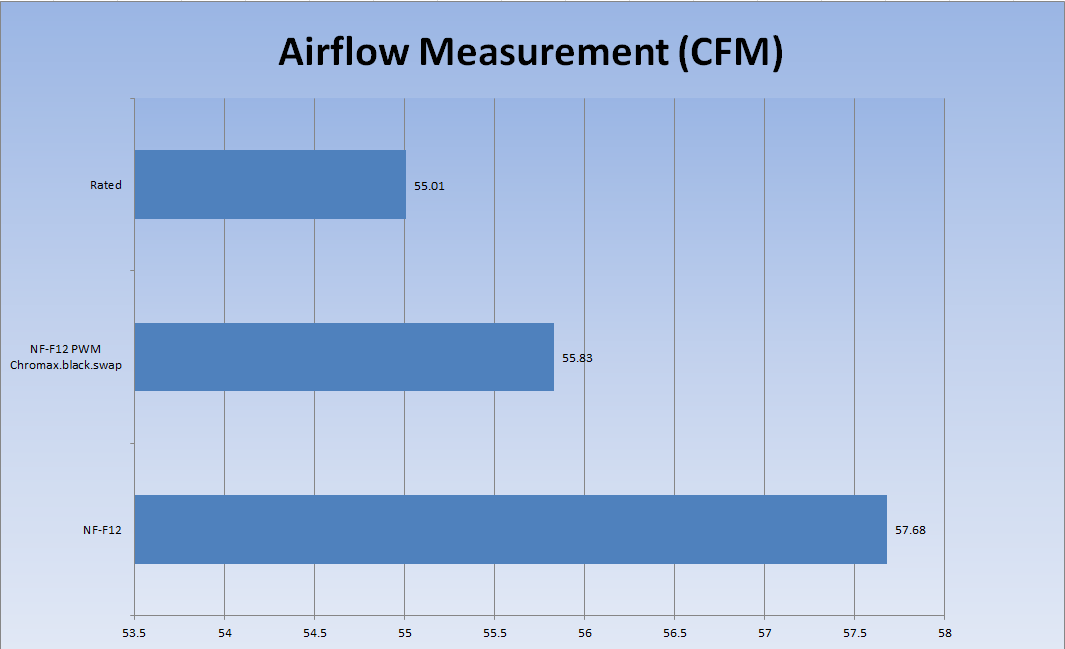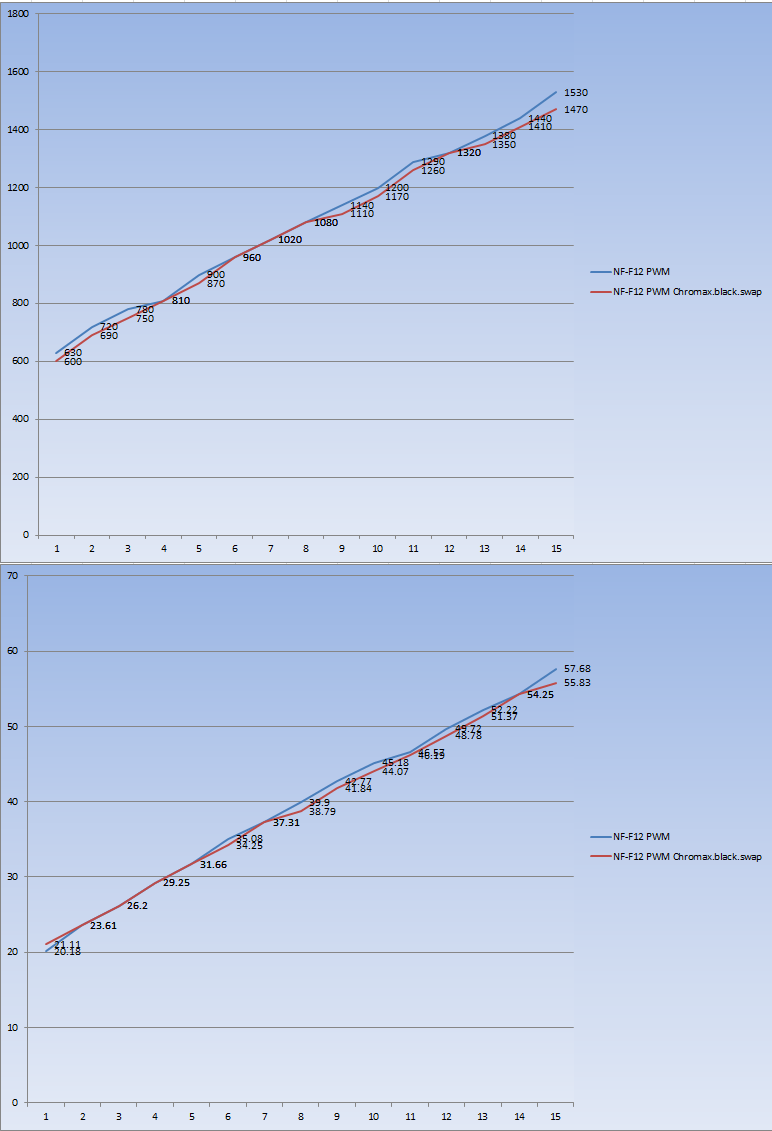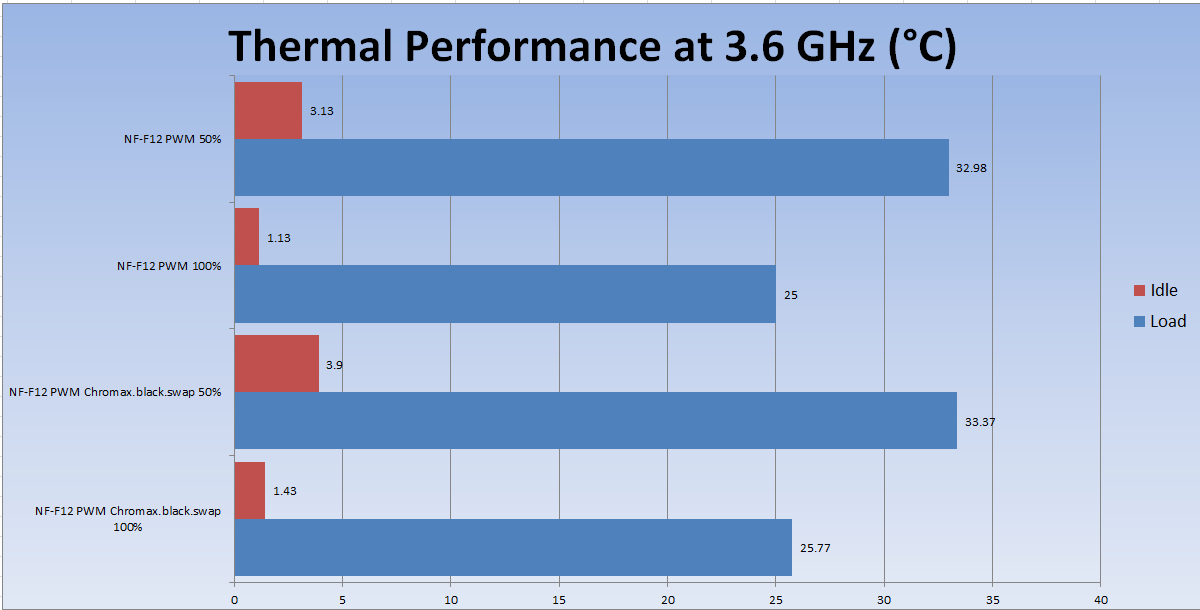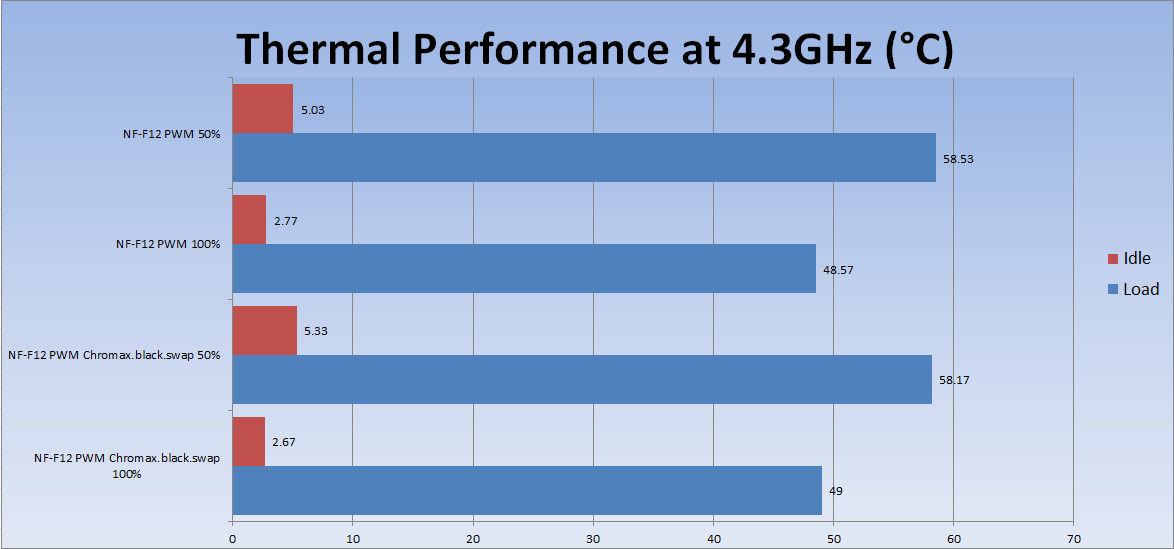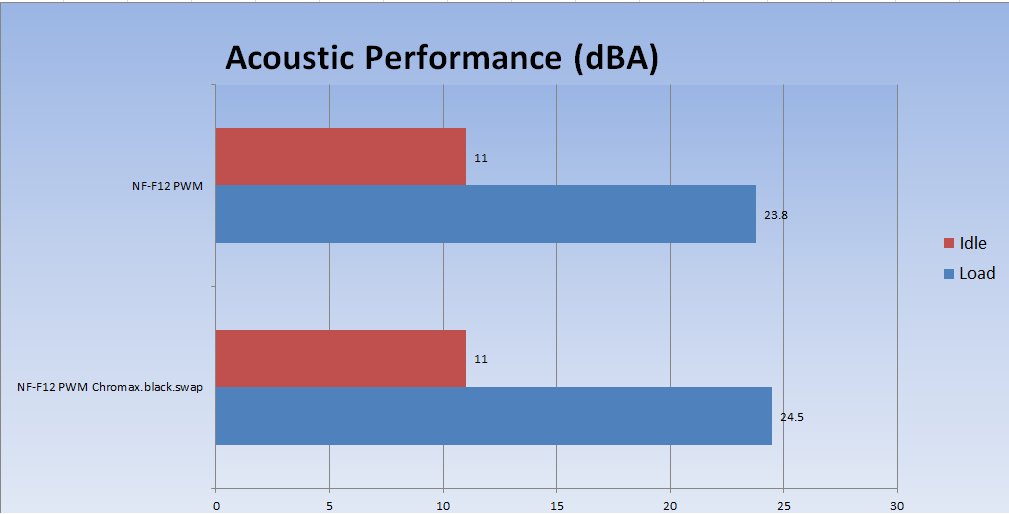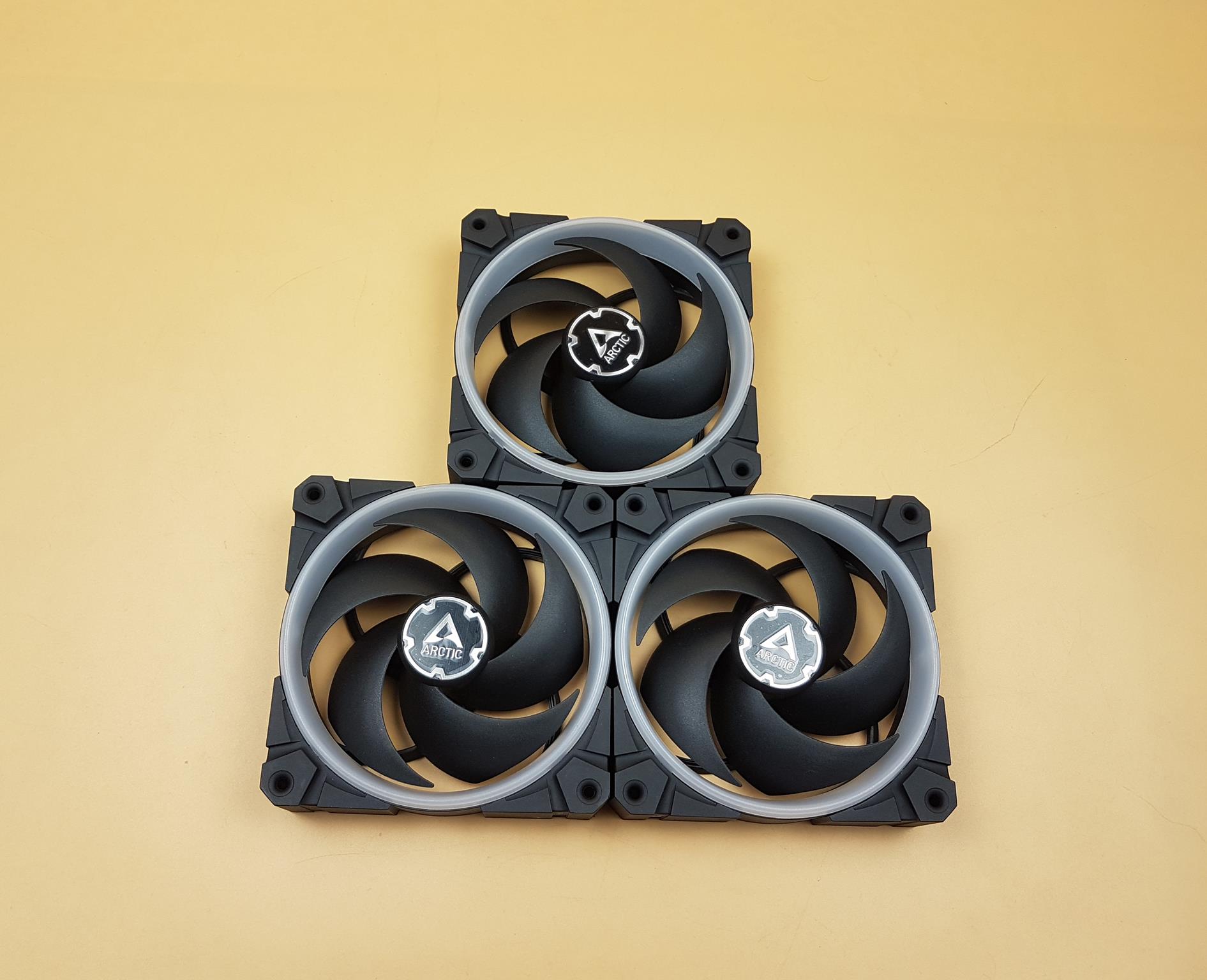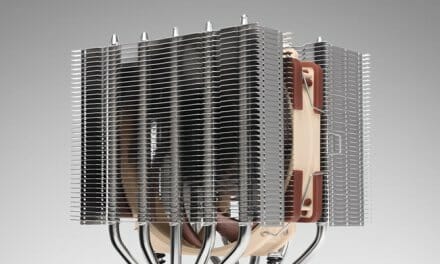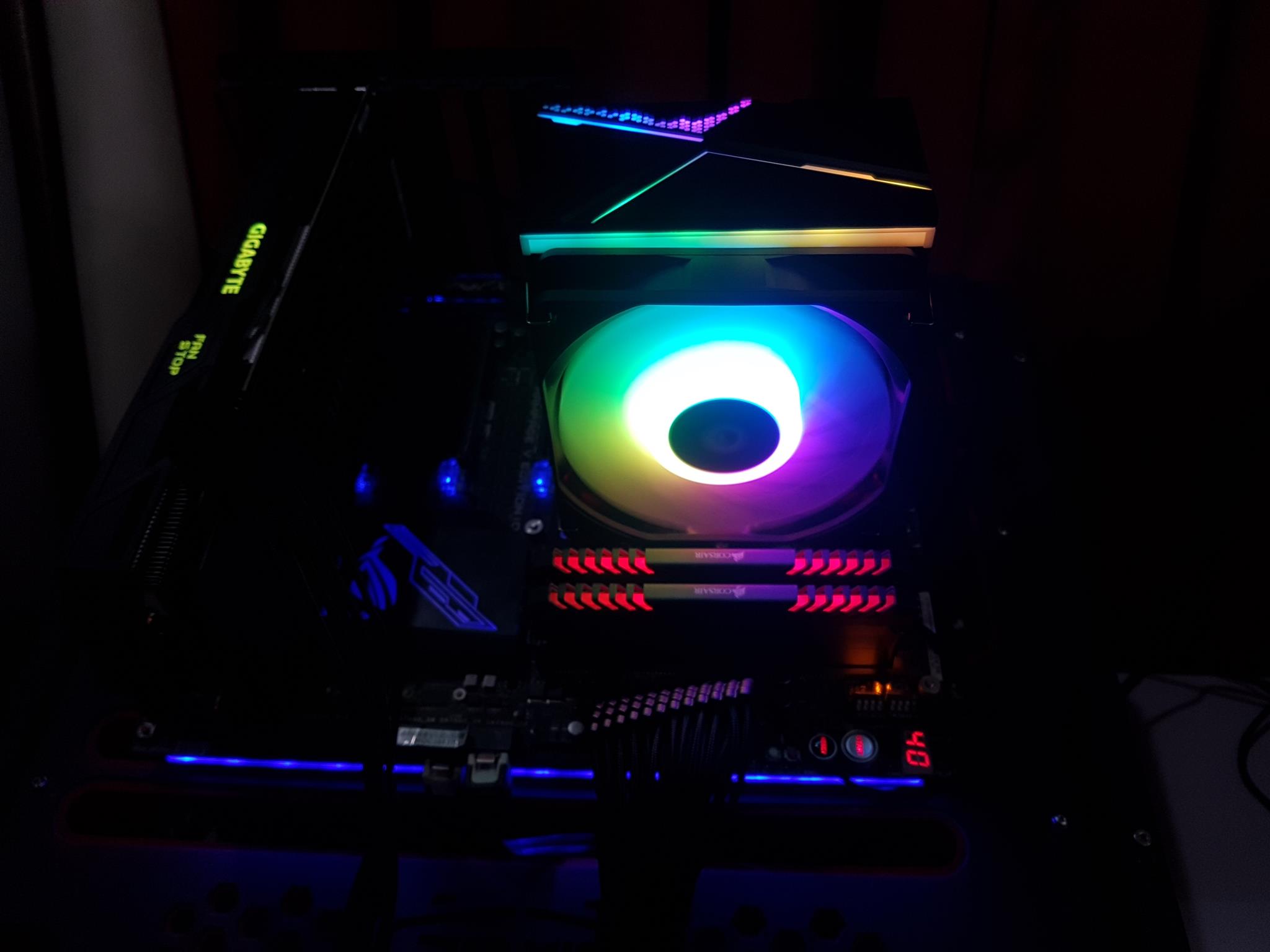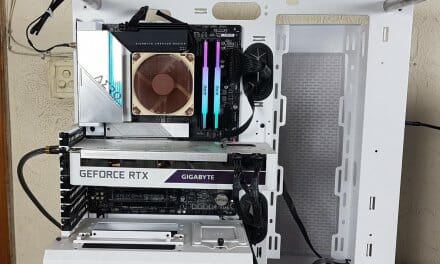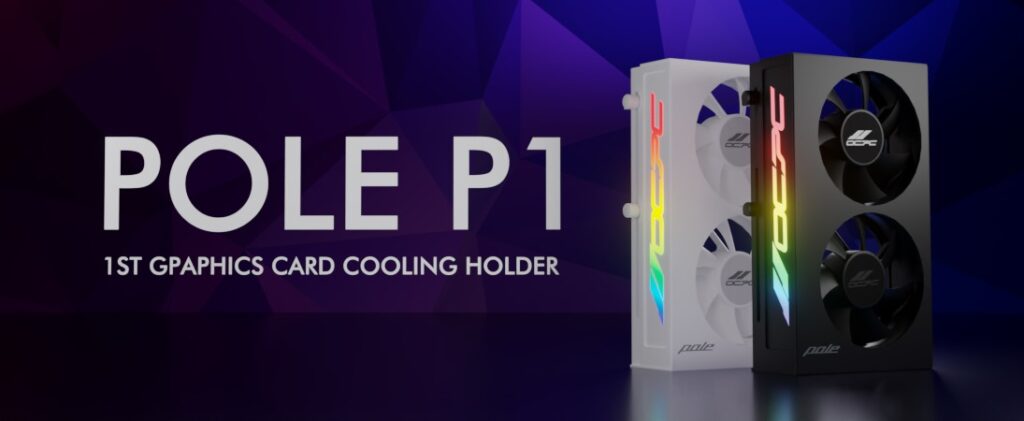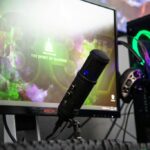Introduction
Noctua originates from a collaboration between the Austrian Rascom Computer distribution Ges.m.b.H. and the Taiwanese cooling specialist Kolink International Corporation, pooling more than thirty years of experience in the development, manufacturing, and marketing of high-end cooling components. Established in 2005, Noctua took international silent enthusiasts’ hearts by storm and quickly developed into one of the most acclaimed suppliers of premium quality quiet cooling products. Today, Noctua is present in more than 30 countries across the globe and working with several hundred sales partners. Chosen by noise-conscious PC users, system integrators and industry clients alike, Noctua has become synonymous with impeccable quality, excellent customer service, and class-leading quiet cooling performance. The Noctua has remained in limelight for quite some time as their coolers bear typical industrial design but their fans were brown/beige colored as well. Users were complaining about this particular color choice for quite some time. On the same note, the competition in the market has seen colored heatsinks and colorful accessories for the heatsinks form the likes of the Phanteks and the Cryorig respectively. The users of today not only want a high performing cooler but equally better looks as well. The Noctua has answered to all that feedback and requirement in a stunning and stylish manner yet definitely at an added price. The Noctua has released the long-awaited chromax editions of their most renowned 120mm and 140mm fan models as well as chromax line cables and heatsink covers for their award-winning NH-U12S and NH-D15/S series CPU coolers. All the new chromax line products allow users to color-customize their Noctua cooling systems in order to match popular build color schemes. This is definitely several steps ahead of what the users were asking for. Honestly speaking, I could not have asked for more.
Ever since the launch of the Chromax line of the fans, we are continuously seeing the questions being asked if the Chromax series fans are different or new ones. Today, we will be addressing these questions with full testing of the Noctua’s legendary NF-F12 PWM 120mm fan and NF-F12 PWM Chromax.black.swap 120mm fan. This is not a regular review of either fan but a comparative study. If you are interested in checking the detailed content of the Chromax line of accessories and fans, we did a comprehensive review which can be found here.
Specifications
| Variables | NF-F12 PWM | NF-F12 PWM Chromax.black.swap |
| Size | 120X120X25mm | 120X120X25mm |
| Mounting Hole Spacing | 105X105mm | 105X105mm |
| Connector | 4-pin PWM | 4-pin PWM |
| Bearing | SSO2 | SSO2 |
| Blade Geometry | Heptaperf | Heptaperf |
| Frame Technology | Focused Flow | Focused Flow |
| Rotational Speed (±10%) | 1500 RPM | 1500 RPM |
| Rotational Speed with L.N.A (±10%) | 1200 RPM | – |
| Minimum Rotational Speed (PWM ±20%) | 300 RPM | 300 RPM |
| Airflow | 55.01 CFM | 55.01 CFM |
| Airflow with L.N.A | 43.76 CFM | – |
| Acoustical Noise | 22.4 dB(A) | 22.4 dB(A) |
| Acoustical Noise with L.N.A | 18.6 dB(A) | – |
| Static Pressure | 2.61 mmH₂O | 2.61 mmH₂O |
| Static Pressure with L.N.A | 1.83 mmH₂O | – |
| Maximum Input Power | 0.6W | 0.6W |
| Maximum Input Current | 0.05A | 0.05A |
| Voltage | 12V | 12V |
| MTTF | >150,000 hrs | >150,000 hrs |
| Scope of Delivery | 1x Low Noise Adapter (L.N.A)
4-pin Y Cable 30cm Extension Cable 4 Vibration-Compensators 4 Fan Screws |
4x NA-AVP1 chromax.black.anti-vibration pads
4x NA-AVP1 chromax.blue.anti-vibration pads 4x NA-AVP1 chromax.green.anti-vibration pads 4x NA-AVP1 chromax.red.anti-vibration pads 4x NA-AVP1 chromax.white.anti-vibration pads 4x NA-AVP1 chromax.yellow.anti-vibration pads 4x Fan Screws |
| Warranty | 6 years | 6 years |
| Price | $19.95 | $22.90 |
Closer Look
Noctua has known for their performance packed air coolers and enjoys a commanding position in the market of the air coolers. This includes not only their heatsinks but fans as well. Their iPPC series of fans are highly popular among the water cooling enthusiasts for the top-notch performance. But, for quite some time, the Noctua users have vowed for the change of traditional brown colors on the fans. Noctua’s iPPC fans were a change from that brown color as these fans were released in the black color with swappable anti-vibration pads. The Chromax series of accessories is not a new concept altogether as their anti-vibration pads were already in the market under this nomenclature. Noctua has taken that concept to a next level by addressing the too much industrial look on their coolers and has introduced Chromax line up of covers for the heatsinks with black, white, and black.swap series. They have also released their famous NF-F12, NF-A14, NF-A15, and NF-S12 series of fans in black.swap configuration. Basically, the fans are still the SAME but they have lost their typical brown colors and are now presented in the black color frame and blades with 6 colors of anti-vibration pads supplied in each pack though each color comes in only 4 pads per pack. Going this route, Noctua has allowed their customers to truly customize the looks of their already popular fans and coolers with the much-needed form.
This study is strictly a comparison between the Noctua NF-F12 PWM fan and its configuration in Chromax.black.swap. The aim of this study is to show our readers that if these fans are the same or not and what is the performance variation if any between the two. We won’t be covering any unboxing or the packaging but will only focus on the design and performance. The specification of both the fans is same as can be seen in the above table. Let’s take a look at the top side of the fans. The one on the left is the NF-F12 PWM Chromax.black.swap edition and the one on the right is the NF-F12 PWM version. The NF-F12 PWM has a brown color frame with dark brown color blades and the anti-vibration pads. The NF-F12 PWM Chromax.black.swap has a black color frame and the blades. To show the scope of customization, we have used different color anti-vibration pads which are referred to as NA-AVP1 Chromax.color_name.anti-vibration pads, where color_name can be either of Red, Green, Blue, Yellow, Black, and White. In a standard Chromax pack, there are 4 such pads for each color. If you want to use a red color NA-AVP1.Chromax.red.anti-vibration pads on all 8x corners of the fan you would need to buy a separate NA-AVP1.CHromax pack of that color. Both fans have the same 7 blades. There is one peculiar difference between both. The 4-pin PWM connector cable on the NF-F12 PWM is fixed and can’t be removed whereas there is a modular approach on the NF-F12 PWM Chromax.black.swap as the cable can be changed. This is done to ensure compatibility with yet another Chromax accessory namely NA-SEC1. The NA-SEC1 is an extension cable that comes in 6 same colors as mentioned above. Noctua was definitely thorough and considerate in letting the users customize the cables as well. Both fans feature the same Heptaperf impeller. These are specifically designed to work in tandem with the Focused Flow and Stator Guide Vanes to achieve optimal balance between the power and quietness. Both fans have stepped inlet design which adds turbulence to the influx in order to facilitate the transition from laminar flow to turbulence flow which helps in reducing the overall intake noise, improving the flow attachment, and increasing the suction capacity which is helpful particularly in space-constrained environments.
The backside of both fans features the Noctua’s Focus Flow design with 11 stator guide vanes that straighten, channel, and focus the airflow. This design approach allows the NF-F12s to rival the performance of conventional fans running at much faster speeds. These stator guide vanes are set out in varying angular distance and feature Vortex-Control Notches. The helps in spreading the noise emission over a broader frequency spectrum and thus make the fan’s sound pattern more agreeable to the human ear. Both fans feature the inner surface microstructures which help in reducing blade passing noise and improved airflow and pressure efficiency. Both fans feature the same CNC milled bearing shell made entirely of brass. Both fans feature the SSO2 bearings. With SSO2, the rear magnet is placed closer to the axis to provide even better stabilization, precision, and durability. Both fans are using the same NE-FD1 PWM IC that integrates Smooth Commutation Drive (SCD) technology. By providing smoother torque impulses, SCD suppresses PWM switching noises and thus makes the fan quieter at lower speeds. Both fans draw 0.6W, which is more than 50% less than many fans in the same speed range. This makes the fans eco-friendly and cuts the cost of electricity as compared to the fans that take 2W of input power. The frame’s sides of both the fans are identical so much so that arrow indicators showing the direction of the airflow and blades’ spin direction are on the same side.
Testing
We have tested both fans to determine their airflow, PWM range, and thermal testing. Following test bench setup has been used for this testing:
- Intel i7 6850k
- Asus Rampage V Edition 10
- Noctua NH-U12S
- Ballistix Elite 4x4GB @ 3000MHz
- Samsung 840 EVO 250GB
- Corsair AX1200i
- PowerColor iGame GTX 1050Ti
- PrimoChill Praxis WetBench
Airflow and PWM Range Testing
Both fans were tested without any resistance to the airflow i.e there was no radiator/heatsink or dust filter between the fans and our PerfectPrime WD9819 Anemometer. The rated airflow of both fans is 93.4 m³/h which is roughly equivalent to 55.01 CFM. 1 m³/h is roughly equal to 0.589 CFM. We made the conversion as we are using the CFM nomenclature on our test bench. The airflow reading for the NF-F12 PWM comes to 57.68 CFM whereas the airflow reading for NF-F12 PWM Chromax.black.swap comes to 55.83. Both numbers are validated as both are above the rated airflow of 55.01 CFM. Minimum tested speed on the NF-F12 PWM was 320 RPM whereas it was 290 RPM for the NF-F12 PWM Chromax.black.swap. Both are validated as the stated minimum speed for the fans is 300 RPM ± 20%. Both tested speeds fall within the performance range of ±20%. The maximum speed on the NF-F12 PWM comes to 1500 RPM whereas it was 1470 for the NF-F12 PWM Chromax.black.swap. The rated maximum rotational speed for both fans is 1500 RPM with ±10% margin. The NF-F12 PWM Chromax.black.swap falls within the performance range/margin.
Thermal Testing
Both fans were tested on the Noctua NH-U12S air cooler in push configuration. Thermal testing was carried out at 50% and 100% of the rated speed on stock clocks and overclocked clocks. Testing was performed on the Microsoft Windows 10 x64 Professional edition build version 1709. Noctua NT-H1 thermal paste was used. Asus RealBench v1.44 was used to stress test the CPU. RealTemp was used to monitor the temperatures. First, the stress test was run on the stock clocks of 3.6GHz with a turbo boost of 38GHz and Turbo Boost II of 4.0GHz at 1.16V VCore. XMP was loaded all the times. Reported temps are delta ones which are calculated by subtracting the average of each core’s maximum temps from the ambient temp. The benefit of using delta temps is that it covers the variation in the temperatures under uncontrolled environment. Next, the Chip is overclocked to 4.3GHz at 1.350V VCore. XMP is loaded as well. The stress test is run again using the same methodology as described above and delta temps are noted. Each run was of 60 minutes.
Here are the results.
On stock clocks of 3.6GHz with a turbo boost of 4.0GHz, there was 32.98°C delta temperature on the NF-F12 PWM at 50% of the rated speed whereas 33.37°C delta temperature was on the NF-F12 PWM Chromax.black.swap. There is a difference of 0.39°C. At 100% speed, there was 25°C delta temperature on the NF-F12 PWM whereas there was 25.77°C on the NF-F12 PWM Chromax.black.swap with the margin of 0.77°C. As can be seen, the performance margin is less than 1°C which can be attributed to the fact that NF-F12 PWM Chromax.black.swap has slightly less speed and that no two fans are the same. This variation can be further studied if more than one sample is available.
With i7 6850k overclocked to 4.3GHz, there was 58.53°C delta temperature on the NF-F12 PWM at 50% of the rated speed whereas 58.17°C delta temperature was on the NF-F12 PWM Chromax.black.swap. There is a difference of 0.36°C. At 100% speed, there was 48.57°C delta temperature on the NF-F12 whereas there was 49°C on the NF-F12 PWM Chromax.black.swap with a margin of 0.43°C. Again the difference is marginal.
Acoustic Performance
The rated sound level of both fans is 22.4 dB(A). The tested sound level as per our Fonseo Digital Sound Meter on the NF-F12 PWM was 23.8dB(A) and 24.5dB(A) on NF-F12 PWM Chromax.black.swap.
Conclusion
The NF-F12 PWM is Noctua’s premium cooling fan with the aim of focused flow making this fan ideal for the situation where static pressure requirement is to be met with good airflow and better noise levels. This fan has been available for quite some time in the standard brown color in the market and users were wishing that Noctua should have provided more neutral accent fans. The Chromax.black.swap is the perfect answer to all these wishes and requirements. Noctua has released their Chromax line of the fans and the accessories with the concept of customizing and color coordinating the builds. They have also released the heatsink covers for their coolers NH-U12S, NH-D15/S. Hopefully; they will be releasing more for the other coolers in coming time. We have seen quite a time that people are asking about if the Chromax line of the fans are new fans and if so, what is their performance like. We had clearly mentioned in our detailed and comprehensive review of the Chromax fans and accessories, which can be read here, that these are the same fans but in black color and with Chromax anti-vibration pads (NA-AVP1) for use with Chromax Cable Extensions (NA-SEC1), and Chromax Y-Cables (NA-SYC1). We still felt a need to do a dedicated comparative study of both the fans to rest these questions. It is worth mentioning here is no two fans in the same category are same even though their specifications are same. This could be due to any reason such as manufacturing intolerances, margin of errors in measurements etc which is why manufacturers tend to mention the ordinal specification in range i.e ± number percentage or guarantee the minimum rated specs. Similarly, result of two or more stress test runs may not provide identical results which is why we tend to run the tests three times and take maximum of the three runs just in case. The fans were tested in an open test bench environment and it would not reflect the temps that would be once inside the PC Chassis but still they will give you an idea or base line on what to expecte from the given cooler or fan.
Before going to the conclusion part, let’s take a quick look at the similarities and the differences between both fans.
Similarities
- SSO2 bearings
- 11 Statur Guide Vanes
- Focused Flow
- NE-FD1 PWM IC
- Inner Surface Microstructures
- CNC milled bearing shell made entirely of brass
- Stepped Inlet Design
- Heptaperf impeller
- Rotational Speed
- Airflow
- Sound Level
- Static Pressure
- Power
- Current
- MTTF
- Warranty
Differences
- NF-F12 PWM has fixed cable. NF-F12 PWM Chromax.black.swap has modular cable.
- NF-F12 PWM has a brown color frame and dark brown blades. NF-F12 PWM Chromax.black.swap has black color frame and blades.
- NF-F12 PWM has dark brown color anti-vibration pads. NF-F12 PWM Chromax.black.swap has 6 colors Chromax NA-AVP1 with each color having 4 pads in the box.
- Prices of each have been mentioned in the comparative table above. Note that these prices are at the time of this content.
- NF-F12 PWM comes with the LNA which is not included in the NF-F12 PWM Chromax.black.swap.
| Variable | Rated Value | NF-F12 PWM | NF-F12 PWM Chromax.black.swap |
| Minimum Speed (RPM) | 300 ± 20% | 320 | 290 |
| Maximum Speed (RPM) | 1500 ±10% | 1500 | 1470 |
| Airflow (CFM) | 55.01 | 57.68 | 55.83 |
| Sound Level dB(A) | 22.4 | 23.8 | 24.5 |
| Thermals at 50% speed on 3.6GHz (°C) | – | 32.98 | 33.37 |
| Thermals at 100% speed on 3.6GHz (°C) | – | 25 | 25.77 |
| Thermals at 50% speed on 4.3GHz (°C) | – | 58.33 | 58.17 |
| Thermals at 100% speed on 4.3GHz (°C) | – | 48.57 | 49 |
So, is there any difference in terms of the airflow, acoustics, and thermals? The plain and simple answer is no. Both fans were in same performance margin. Both are the same fans with NF-F12 PWM Chromax.black.swap taking the game to the next level by providing true customization though we are limited to six basic colors.

